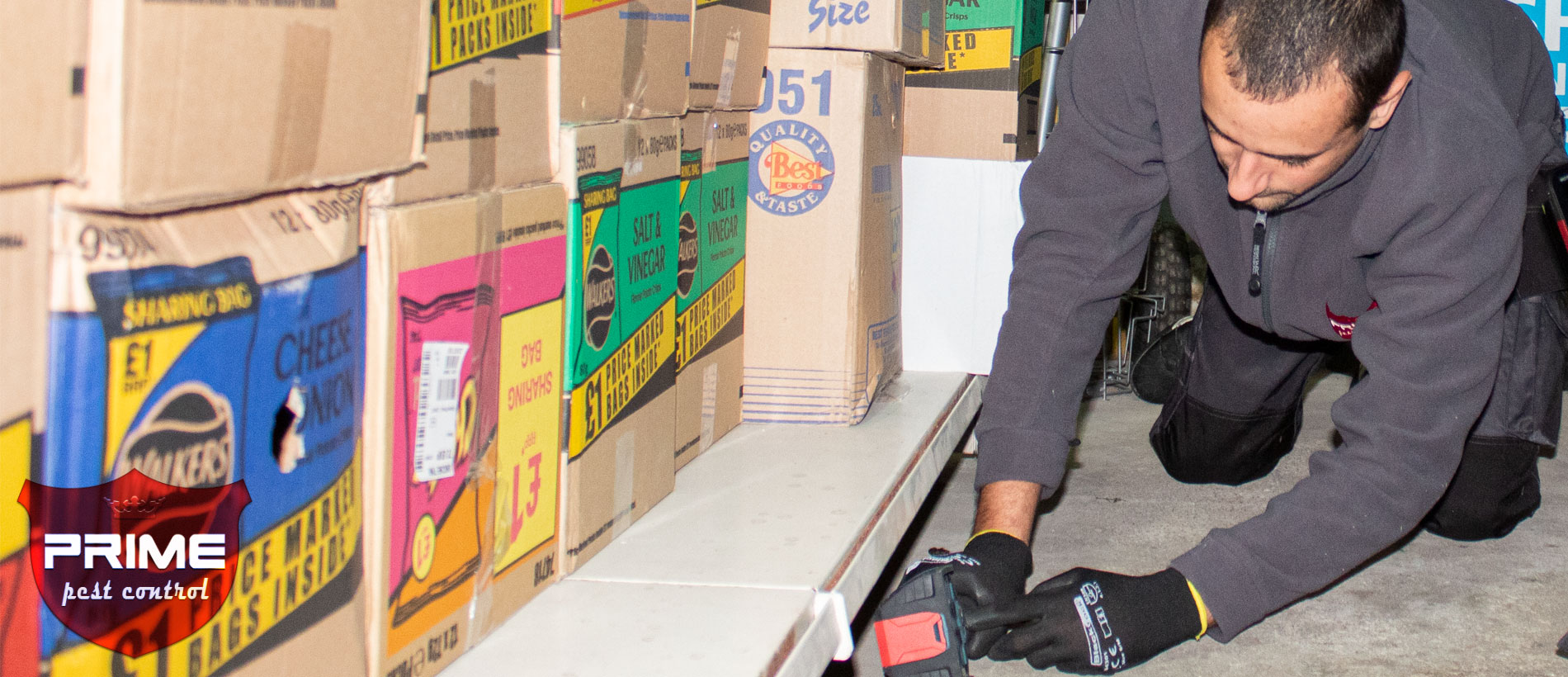
To be able to understand the importance of the pest control laws in the UK we need to know what is the point of pest control. The majority of pests may cause contamination and health issues through the spreading of various diseases thereby posing a direct threat to the public. Pests may also cause the loss of food stores, damage crops, damage building structures, result in the loss of business and reputation, as well as create distress and fear. If we do not control pests, we will be overrun by them. Pest management is regulated in order to safeguard the interests of the public and businesses, protect the environment and endangered species, protect the Pest Control Operators (PCOs). The pest legislation in the UK also defines the circumstances under which professional pest control measures must be taken, they regulate the use of poisons so that the risk of environmental impact is reduced or eliminated.
Property and business owners, animal keepers and PCOs have certain responsibilities under the related Acts and Regulations issued by the parliament, as well as Codes of Practice and Guidelines issued by the pest control associations and bodies.
The major pest control bodies in the UK are the British Pest Control Association (BPCA), the National Pest Technicians Association (NPTA), Basis PROMPT – the professional pest controllers register in the UK. The enforcers of the pest control legislation in the UK are the Health and Safety Executive (HSE) and the Environmental Health Officer (EHO). They can both inspect businesses and properties, serve improvement notices, prohibition notices, and/or penalties. In cases where due diligence is not shown and the notices are not acted upon, the property or business could be shut down or even worse, lead to imprisonment.
All the relevant UK pest laws encourage the PCOs and big pest control firms to work on: reduction or elimination of all risks associated; use of non-toxic or less toxic methods, implementation of all best practices and the most effective techniques that ensure long term solutions for the control of pests. Combining all practical methods to achieve control in the long run, while using the least toxic and yet most efficient approach is recognised as Integrated Pest Management (IPM).
The major pieces of legislation with regards to pest control in the UK are divided into a few categories:
- Environmental Protection Act – safeguards the public and the environment from pollution and waste.
- Health and Safety at Work Act 1974 – defines the duties of employees, employers and self-employed, e.g. PCOs and the pest management.
- Management of Health and Safety at Work Regulations – those regulations fall under the act above and are mainly concerned with risk assessments.
- Working at Height Regulations 2005 – regarding safety when working at heights, using a ladder for example.
- Confined Spaces Regulations – proper training, special permit and specific risk assessment are required to be able to work in a confined space.

- Control of Substances Hazardous to Health Regulations (COSHH) – these regulations fall under the Health and Safety at Work Act 1974. All pesticides – insecticides and rodenticides must display the active ingredient and other important information on the label. The first rule of COSHH is to substitute any chemical with non-chemical method, or if a chemical has to be used, it must be controlled by law.
- Food and Environment Protection Act (FEPA) – aims to protect the public health, animals, plants and the environment. Information about all pesticides in the UK is available to the general public. It defines responsibilities for the PCOs and pest firms to use safe and efficient methods for pest control.
- Control of Pesticides regulations (COPR) – this piece of legislation regulates the approved pesticides to use by PCOs in the UK. Only certified technicians can apply professional products, in the safest way possible, taking all precautions and wearing the correct Personal Protective Equipment (PPE). Pesticide waste is also regulated by the COPR.
- Pests Act 1954 – defines rabbits as pests in the UK and regulates their control.
- Wild Mammals (protection) Act 1996 – defines inflicting unnecessary suffering to an animal as an offence. Such include kicking, impaling, stabbing, burning, dragging and others.
- Animal Welfare Act 2006 – defines responsibilities of animal owners and keepers to provide safe environment, diet and protection of harm. Safeguards the animals that are trapped, snared or held, also the ones being transported.
- Wildlife and Countryside Act 1981 – protects animals such as red squirrels, voles, bats, snakes, frogs, stag beetles and others. The act prohibits the use of bows or explosives to control pests, as well as self-locking snares. It also prohibits the release of invasive species such as grey squirrel, mink and Canada geese, if being caught. Allows some birds to be legally controlled under general license for a specific reason.
- Public Health Act 1961 – grants powers to local authorities over infested premises by insects or parasites.
- Prevention of Damage by Pests Act 1949 – defines responsibilities of local authorities to destroy mice and rats on their land. In some cases, the local authorities may enforce occupiers or land owners to take action against rodent issues, as well as serve improvement or prohibitions notices.
- Food Safety Act – all food that is sold must be safe for consumption. Environmental Health Officers (EHOs) may serve improvement and prohibition notices, fines and penalties to land or business owners.
- Food Hygiene Regulations – All personnel or people that handle food commercially must be trained in the food management system – Hazard Analysis and Critical Control Point (HACCP). This includes adequate pest control procedures and methods to be implemented with the food management system in work.
